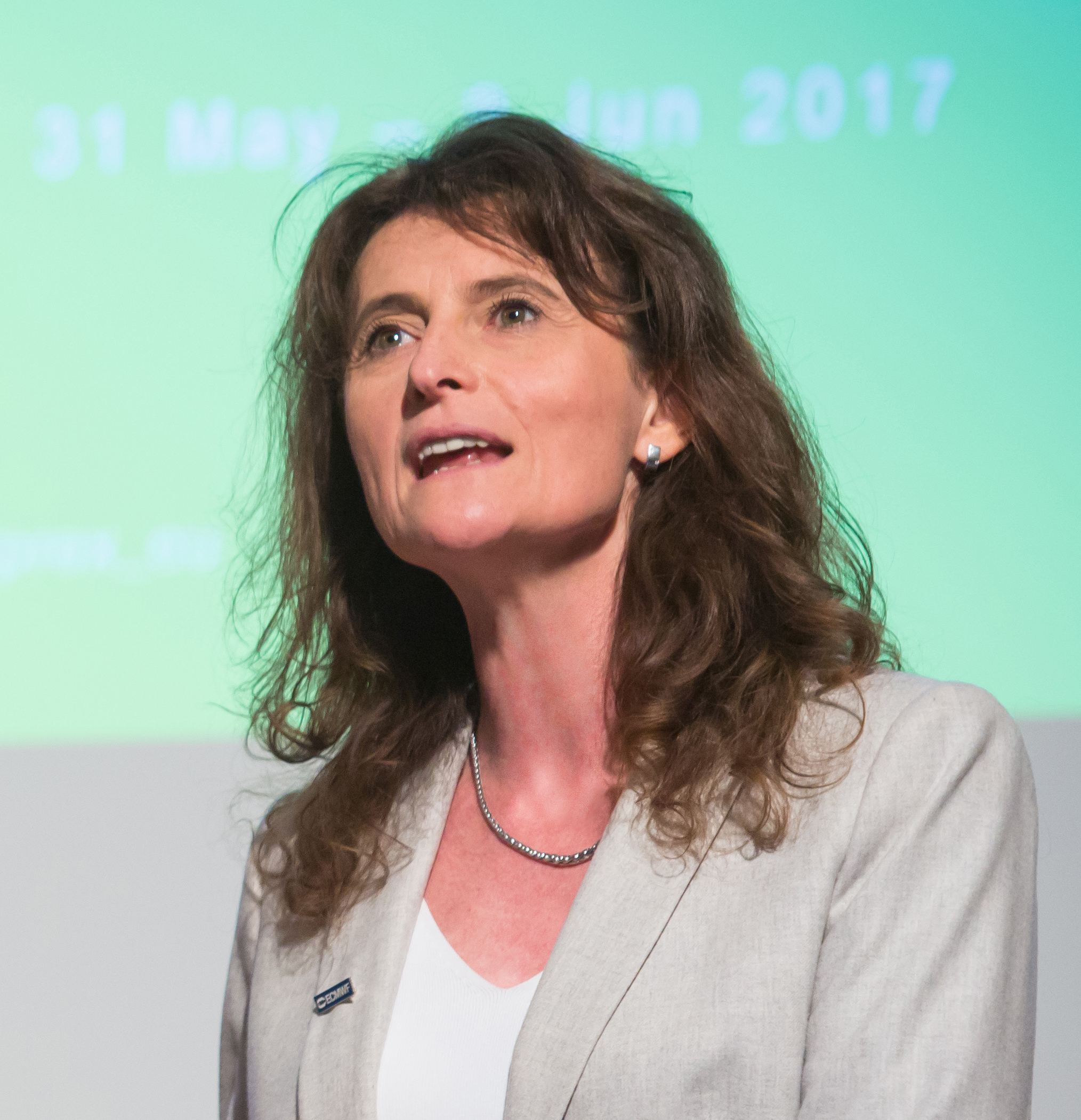
On 13 October, the UN-sponsored International Day for Disaster Reduction celebrated how people and communities around the world are reducing their exposure to disasters. Most natural disasters are weather-related, so weather prediction has an important role to play in disaster mitigation and preparedness. In Europe, this was illustrated once again this summer, marked by unusually high temperatures, dry conditions and deadly wildfires. Many people looked to weather forecasters in our Member and Co-operating States for information on what was to come as parts of Europe turned from green to brown.
ECMWF’s extended-range predictions showed a signal of warm anomalies weeks in advance. There was also a low river flow signal in the seasonal hydrological outlook of the newly upgraded European Flood Awareness System (EFAS), of which ECMWF is the computational centre. However, the spatial and temporal variability of the heatwave was correctly predicted only up to two weeks in advance, and shorter-range forecasts reflected known biases in predicted maximum and minimum temperatures.
Improving forecast quality requires progress on many fronts. One example is the work on addressing biases in near-surface forecasts undertaken as part of ECMWF’s initiative entitled ‘Understanding uncertainties in surface–atmosphere exchange’ (USURF), described in this Newsletter. Another is more data: more and better weather observations will help to correctly initialise global forecasts and thus to improve forecast quality. An important step was taken in August, when the European Space Agency (ESA) launched the Aeolus satellite to measure global wind profiles using ground-breaking laser technology. As the Level-2 Meteorological Processing Facility, ECMWF has a key role in assessing Aeolus data and providing wind products to other NWP centres through ESA and EUMETSAT. After a full assessment, we expect to start assimilating these data next year. Aeolus will fill a data gap that is particularly acute over the tropics. The new data is expected to have a significant impact on forecast quality in the tropics and a smaller but still important impact in the extratropics.
The excitement over Aeolus should not make us forget the day-to-day work that goes into obtaining other kinds of weather data and monitoring their quality. This is illustrated by two examples described in this Newsletter: encouraging results on radiosonde descent data, and the continuing EUMETNET programme to launch radiosondes from ships, made possible by the willingness of sailors to fit the launches into their workload.
Looking ahead, ECMWF will not just assimilate more observational data but will also produce more forecast data as we aim to increase the resolution of our ensemble forecasts. ECMWF’s outgoing Lead Scientist Roberto Buizza clearly restates the rationale for ensemble forecasts in an interview in this Newsletter. Roberto played a key role in the development of ensemble forecasts at the Centre more than 25 years ago and we wish him well in his new venture as a Full Professor of Physics at the Scuola Superiore Sant’Anna in Pisa, Italy.
Florence Rabier
Director-General
